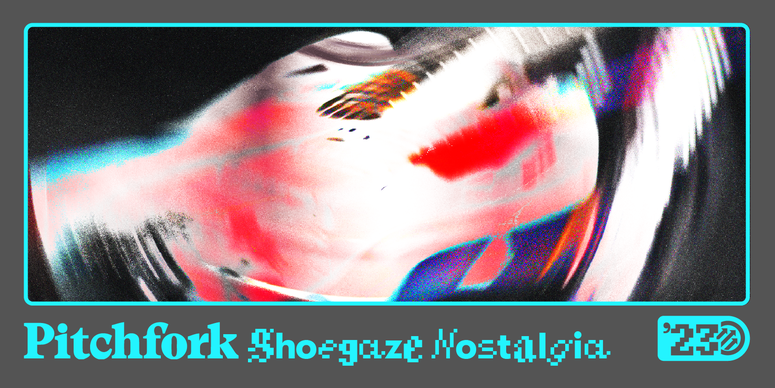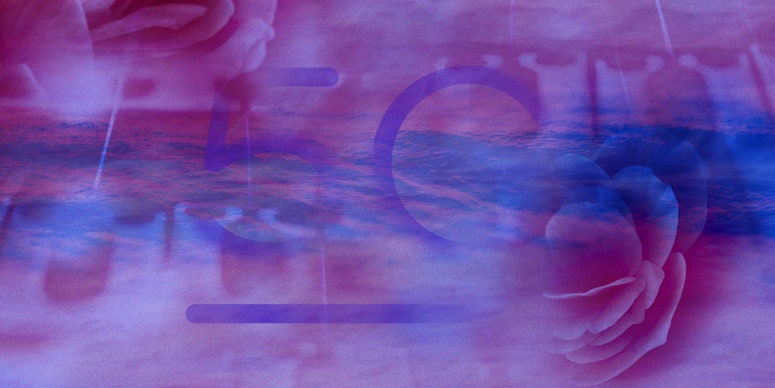Nine years and three albums into their reunion, Ride refuse to pander to their classic sound. Their stance is frustratingly laudable—a creative obstinacy to be admired with a slightly heavy heart. The Oxford band may not have invented the shoegaze palette of swirling guitars and dreamy vocals, but in the early 1990s, when the genre first started to take hold, Ride were the shoegaze poster boys, their sharp songs and good looks taking the Thames Valley sound to the upper reaches of the UK charts. And if Slowdive have surpassed them in popularity post-reformation, you can still hear the vaporous drive of Ride’s debut album, Nowhere, in the music of nu-gaze bands from Hotline TNT to For Tracy Hyde.
Ironically, the shoegaze revivalists often sound considerably more attached to classic Ride than Ride themselves do these days. The band’s first post-reunion album, Weather Diaries, bore distinctly modern production touches, while 2019’s This Is Not a Safe Place was a broad-ranging church that encompassed electro pop and acoustic jangle in its eclectic sweep. The group has framed Interplay as the album that brings it all together, uniting the different sides of the Ride narrative. But it’s not really Ride enough for that—more the sound of a band trying on different styles to see what fits, hindered by some mediocre songwriting.
Ride, at their classic best, married haunting vocal harmonies to pillowing walls of guitar, like the Byrds via My Bloody Valentine. But distorted guitar is missing from most of Interplay, and its absence is felt more keenly than at any point since the group’s reunion. Instead, the unexpected sound that hangs heavily over the opening half of the album is that of New Order. “Last Frontier” is the spitting image of Manchester’s favorite sons in their rocking mode—Peter Hook-style I’m-in-control-here-lads bassline and all—while the chiming guitar and simple synth chords on “Monaco” (which even shares a name with a Hook side project) hold a mirror up to New Order at their ’90s glossiest.
Interplay is not, then, the work of a group unduly concerned with fan service. Instead, the album continues in the liberated lineage of This Is Not a Safe Place, where a reunited band free of the crushing strain of legend status gets on with doing whatever the hell it likes—see also the Jesus and Mary Chain’s happily all-over-the-place 2024 album Glasgow Eyes. As on Weather Effect, the odd modern production effect sneaks through, such as the filtered fusion of French touch and shoegaze on “Peace Sign,” along with the psychedelic guitar whimsy (the charming “Last Night I Went Somewhere To Dream”) and dreamy acoustic strum (“Stay Free”) that their two previous albums did well.
The album also goes way further out into the weeds. “Sunrise Chaser” is a glittery wink away from being a disco record, with its funk bassline and what sounds like a Nile Rodgers-style guitar chuck; “I Came to See the Wreck” is kindergarten Depeche Mode with none of Dave Gahan’s pervy intensity; and the shuffling breakbeat and cinematic guitar effects of “Essaouira” suggest the trip-hop acts that followed Ride into the charts three decades ago.


